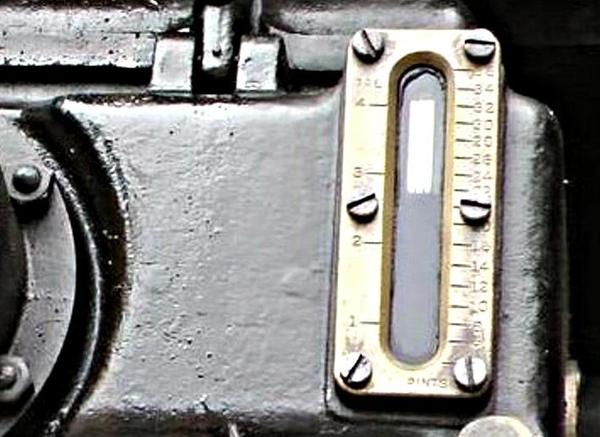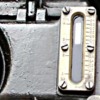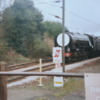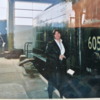Ok, thanks for the information HW.
The engineers first mistake re-opening the throttle before the slip had stopped. His second error was reaching for the reverser instead of opening the cylinder cocks. If he had opened the cylinder cocks, then the water would have had some place to go instead of blowing off the cylinder heads. The engineer could then have devoted his full attention to the throttle (the "regulator" in British parlance) and got it closed. By wasting time trying to get the valve gear wound back into reverse the slip quickly got out of control beyond the point where he could recover from it.
"If he had opened the cylinder cocks, then the water would have had some place to go instead of blowing off the cylinder heads."
do you think he even realized at that point that he had water in the cylinders?
"If he had opened the cylinder cocks, then the water would have had some place to go instead of blowing off the cylinder heads."
do you think he even realized at that point that he had water in the cylinders?
Probably not, Forrest.
Rich Melvin made these remarks in a previous post over a year previous (Steam limits November 29, 2011), which is useful explanation for people like me who hadn't heard of this incident before ...
December 15, 2011 7:07 AM
This is opposite of the way a multiple-valve front end throttle works. With a front end throttle, the throttle valve is on the OUTPUT side of the superheaters. If the locomotive pulls water, the flow of steam can still be controlled by the throttle because it is controlling the OUTPUT of steam from the superheaters.
If a steam engine with a dome throttle pulls water, the superheaters act as a secondary boiler! Even if the engineer could have gotten the throttle closed, the slip would have continued for a while because once the water got past the throttle, the superheaters flashed it into steam and it flowed - unrestricted and uncontrolled - to the cylinders. This was one of the reasons that the front-end throttle came into use, because this dangerous situation could not develop with a front-end throttle design.
Rich Melvin, Publisher
O Gauge Railroading magazine
at the risk of looking a fool I know that a lot of you folks don't seem to look at my input here are my photos of Blue Peter.
I know the viaduct very well, It's my City Station and I spent many a day train spotting on those platforms. I'm sure this was the round about the same time as the big Slip. I have seen a video of it but from another view.
The loco was named after a BBC TV Childrens program. It was on TV at 5pm. One of the men, Christopher Trace, used to run all sorts of Hornby Trains etc on a layout in the studio.
Blue Peter had a very big following. Just a bit of information you might not know ![]()
Attachments
Speaking of missing wedges in the crosshead the T&P 610 operating on the Southern lost one. It happened in July of 1976 I think between Knoxville and Newport, Tenn on the way to Ashville. The wedge probably ended up in the French Broad River. The train was to leave Newport around 3 PM when the piston came loose upon starting and cracked the front cylinder head on I think the firemans side. By around midnite Bill Purdie and crew had removed the head, welded it back together and remounted it. For other reasons Bill was most displeased with Newport and expressed his dislike upon leaving by sounding the whistle ALL the way through town making sure no one was asleep. The train arrived in Ashville around 4 AM and left again about 9 for Salisbury. Some friends and I were chasing the trip and it was a long drive across US 25( a very mean and nasty road) to Ashville early in the morning. As far as I know the 610 still has that repaired cylinder head.
George Lasley








